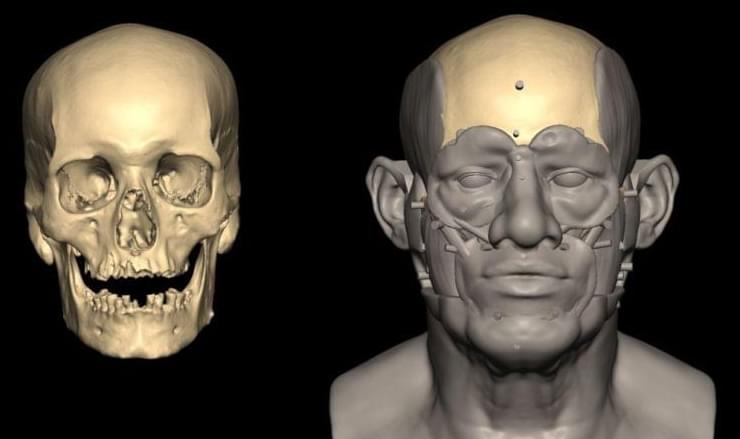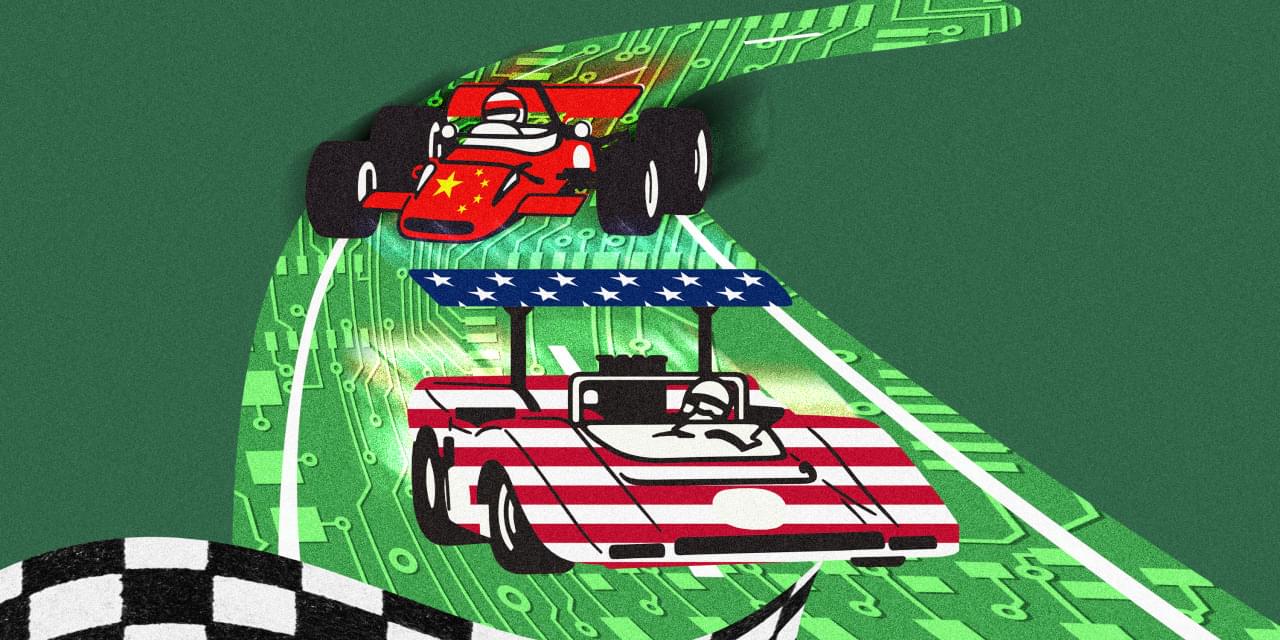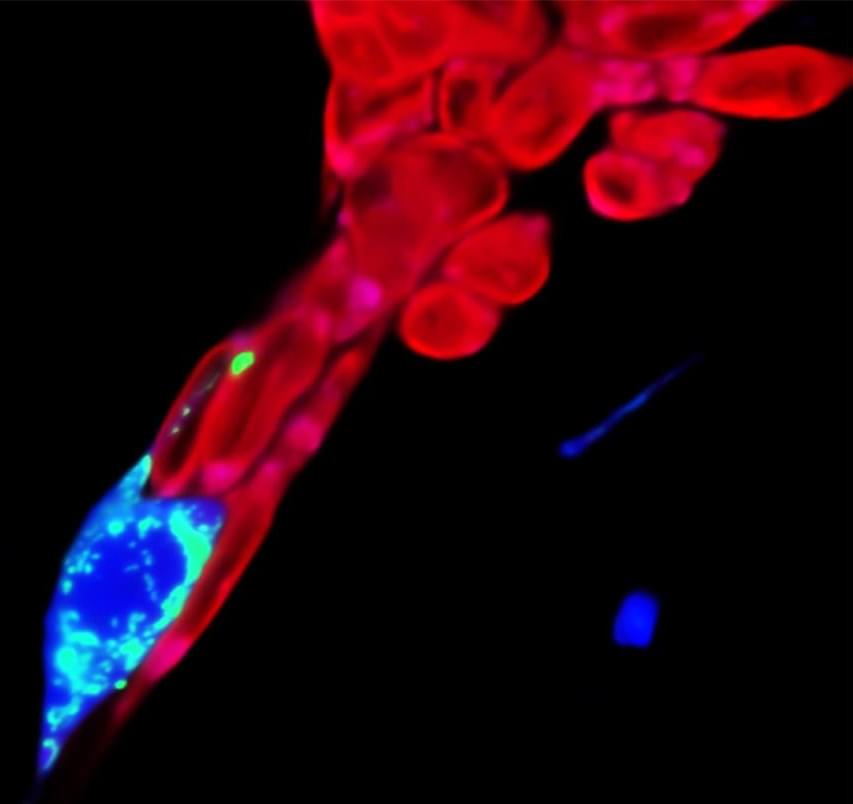Sedna will make its closest approach to the Sun in 2076, giving us a rare opportunity to visit the planetoid before it drifts off for thousands of years.







This week, my laundry machine broke. Bummer. Like any normal person, I dove into research mode, scrolling through endless product pages, feature lists, and discounts. After a while, one machine caught my attention. It was a Samsung model labelled “AI-enhanced”. (Not going to lie, it came with a solid discount, making it one of the cheapest among the top-rated options, but I was really excited about the AI feature)
In full honesty (this is not a sponsored post), it works great. From what I could observe, when you throw the clothes inside the machine, it weighs the clothes, and based on that, it selects the most suitable wash setting: water level, soap, temperature, and timing. Yes, it’s clever, efficient, and genuinely helpful. But it got me thinking: is that really AI, or just a well-designed automation?
In business, as in life, those who tell the most compelling story tend to succeed. We love to use fancy words, set expectations high, and hold attention long enough to turn curiosity into conversion. Labels matter. Language sells. That is where the “washing” comes in.

The arrow of time can teach us more about how the universe began – and how it will end, says quantum columnist Karmela Padavic-Callaghan
And they’re not stopping there.


The discovery, made with the LOFAR (LOw Frequency ARray) radio instrument in Europe, indicates that galaxy clusters, which are some of the largest structures in the known universe, spend most of their existence wrapped in envelopes of high-energy particles.
This insight gives scientists a better idea of how energy flows around galaxy clusters. And that in turn could improve our picture of cosmic evolution, study members said.
“It’s astonishing to find such a strong radio signal at this distance,” study co-leader Roland Timmerman, an astronomer at Durham University in England, said in a statement. “It means these energetic particles and the processes creating them have been shaping galaxy clusters for nearly the entire history of the universe.”